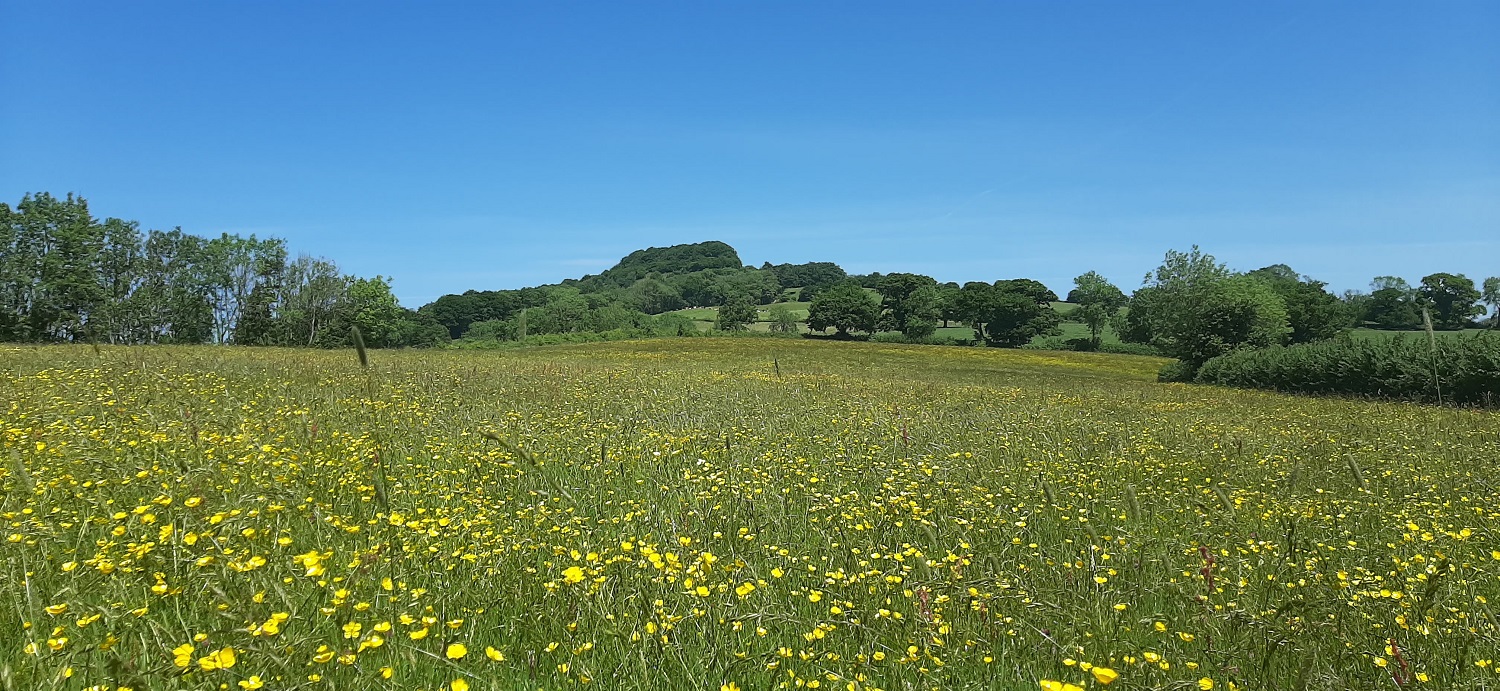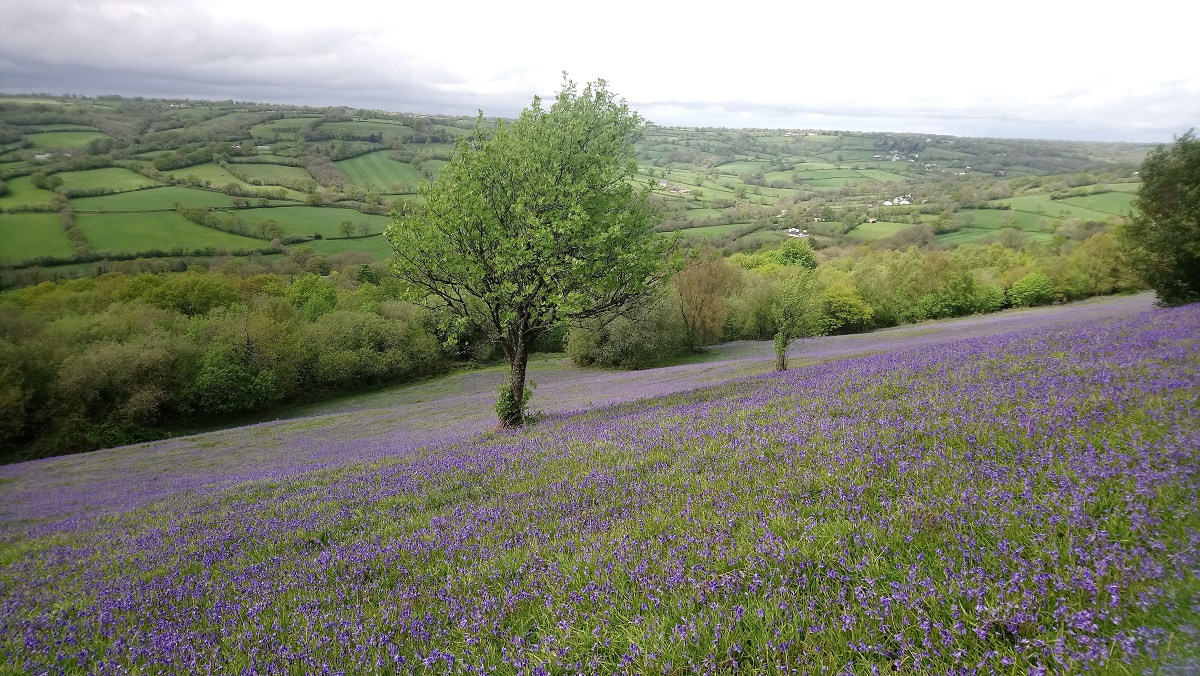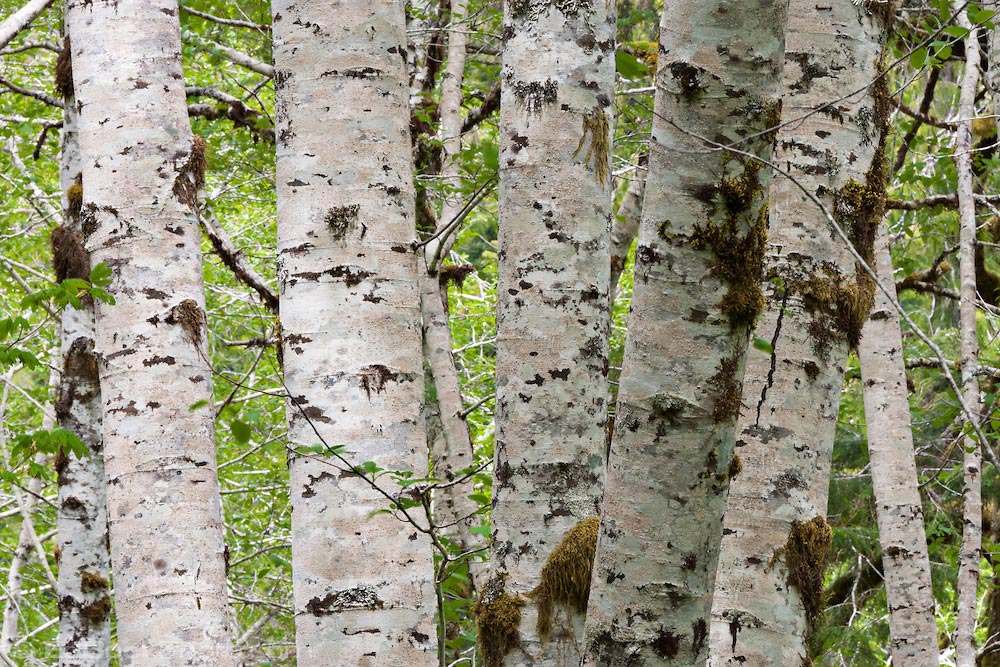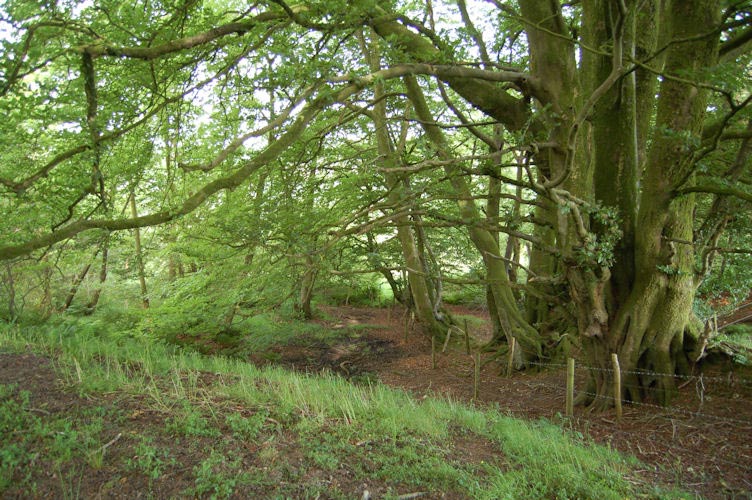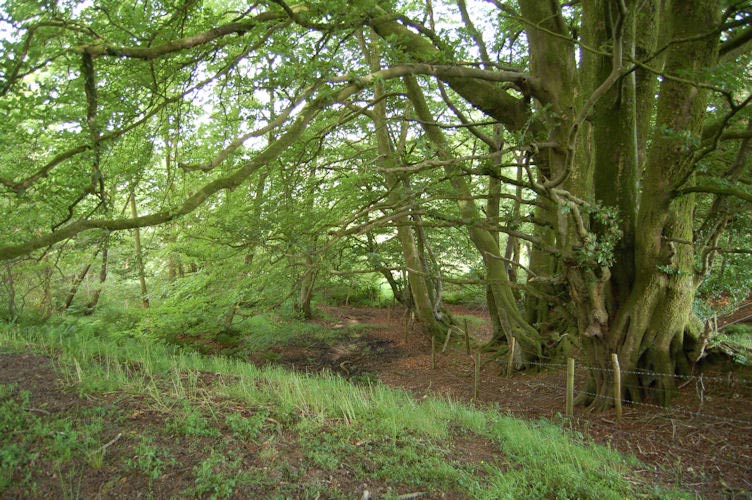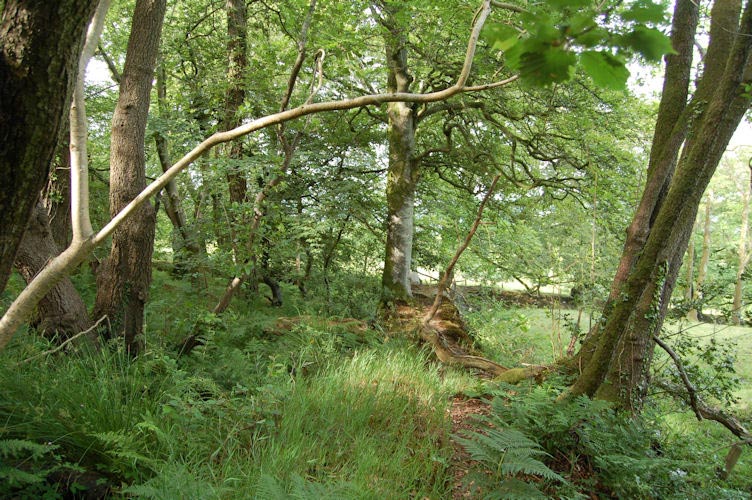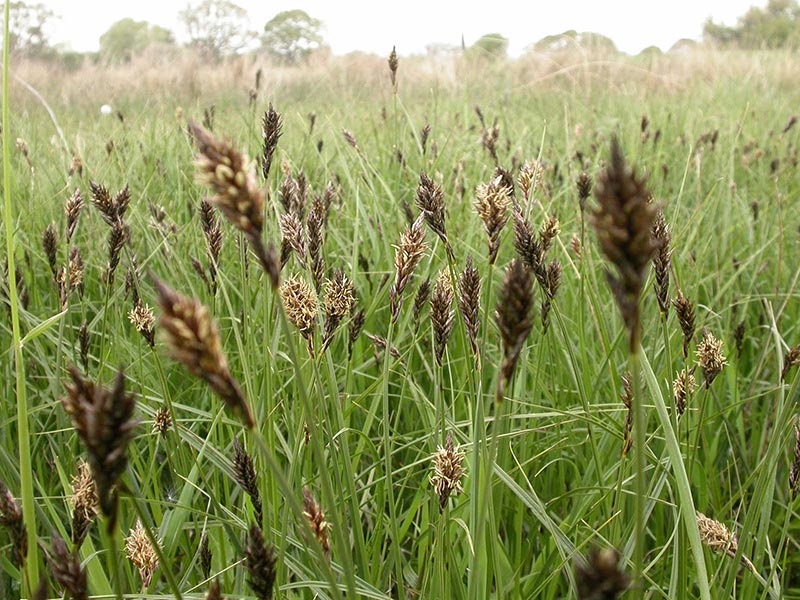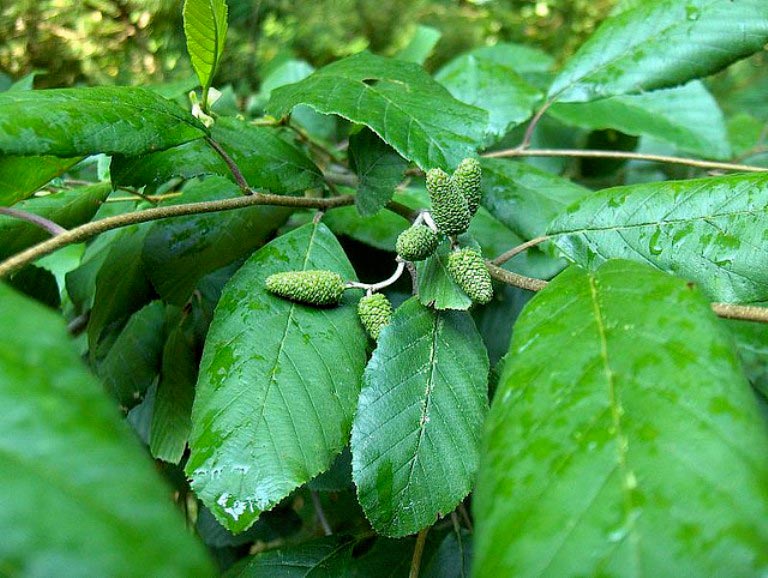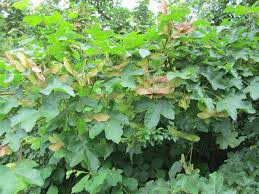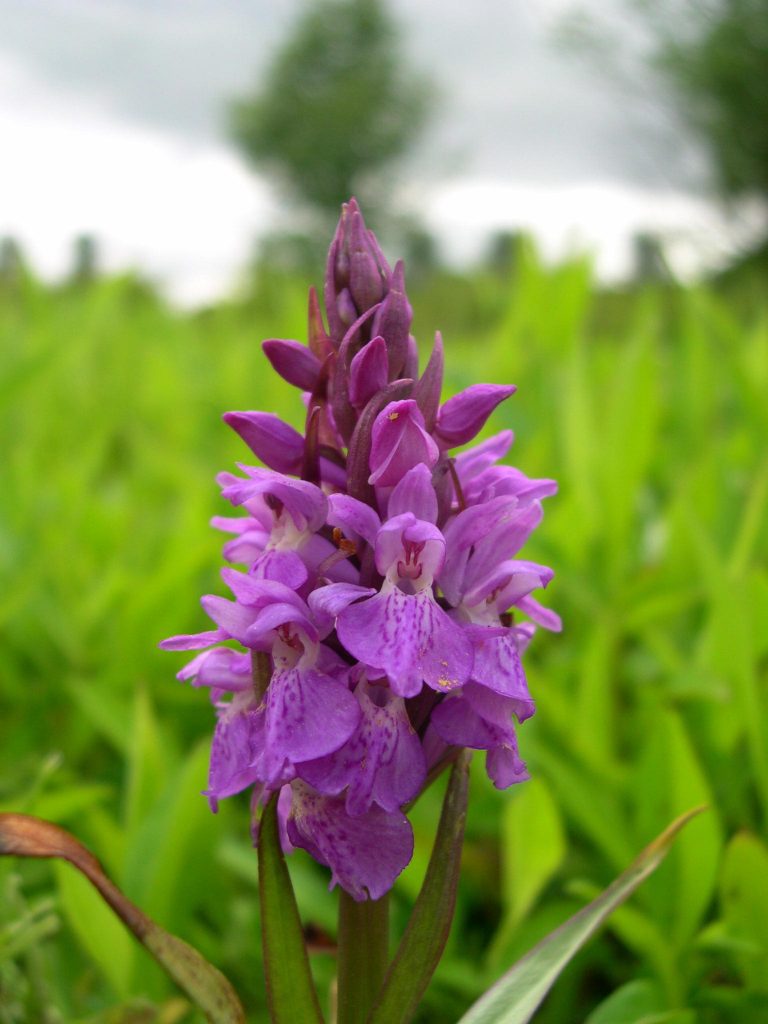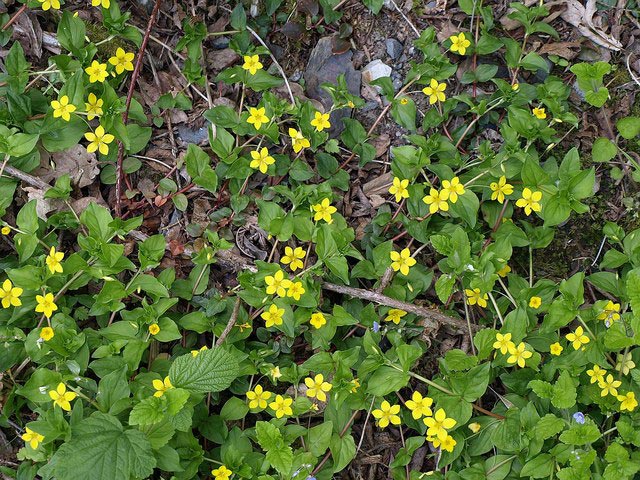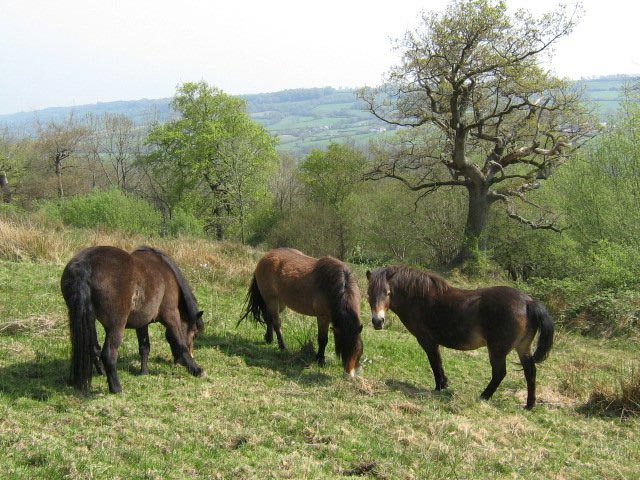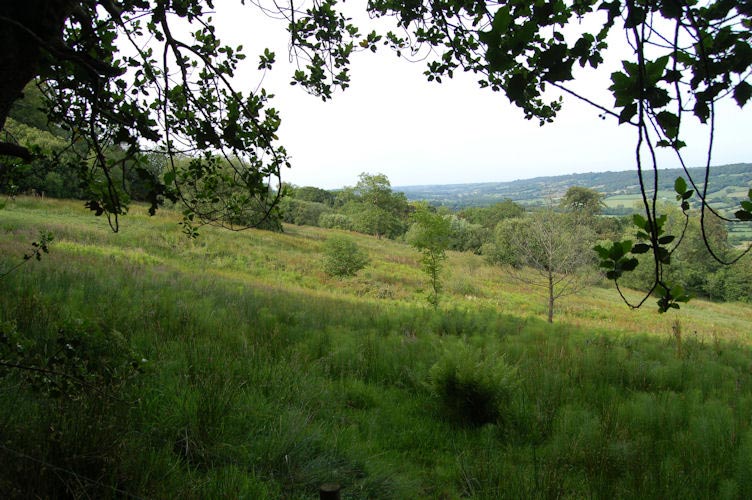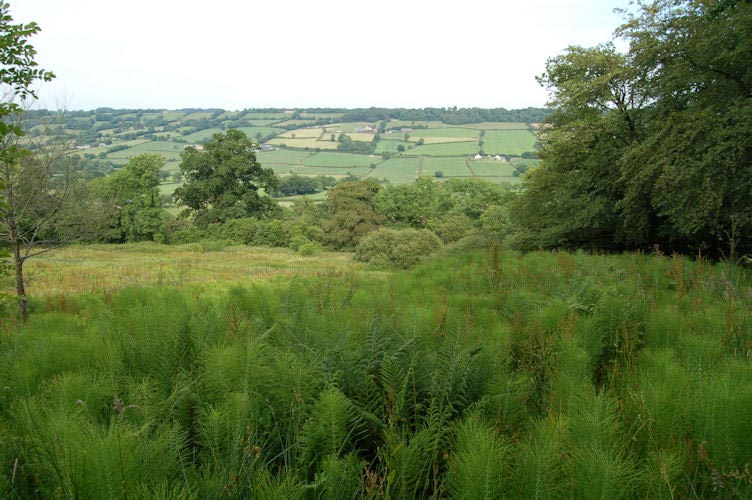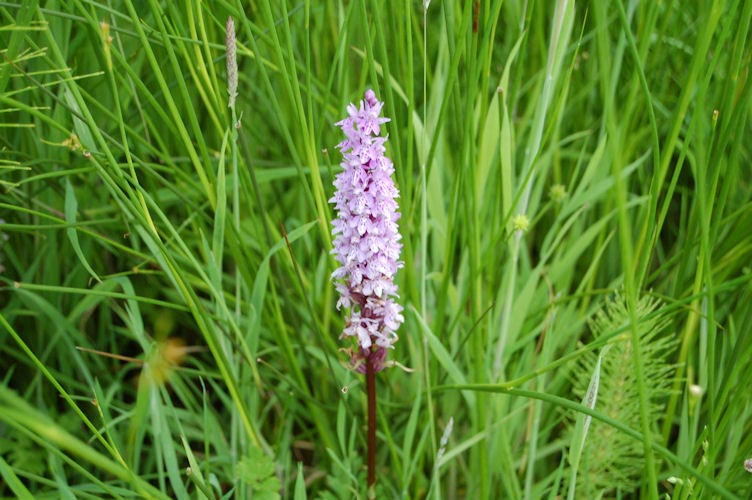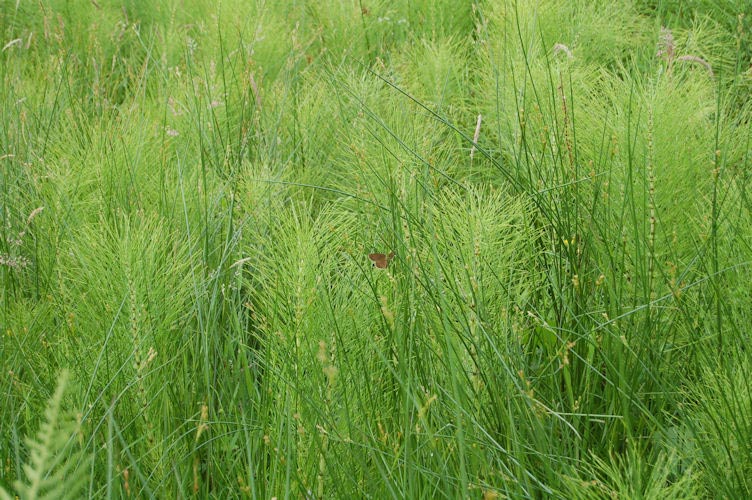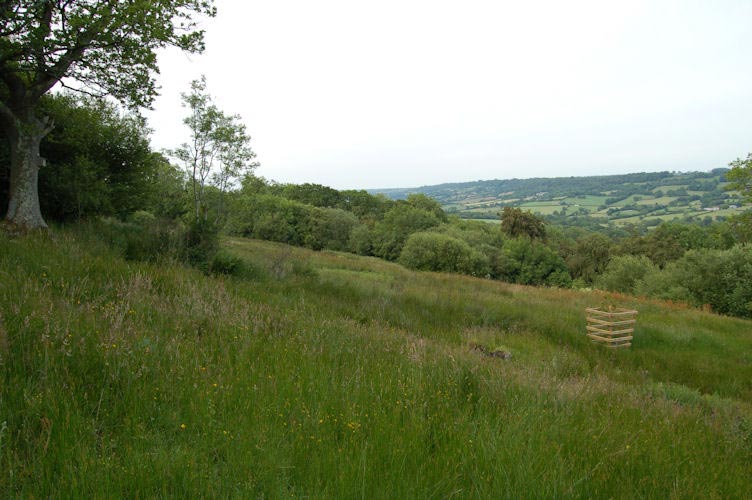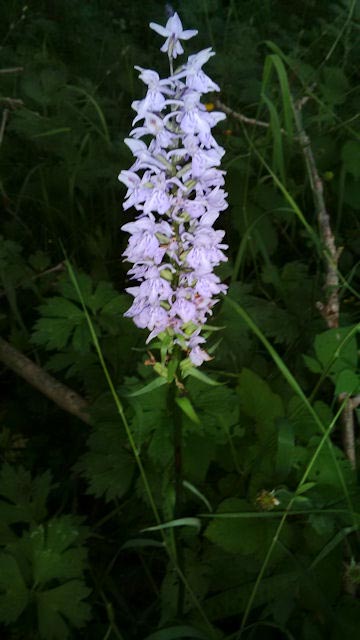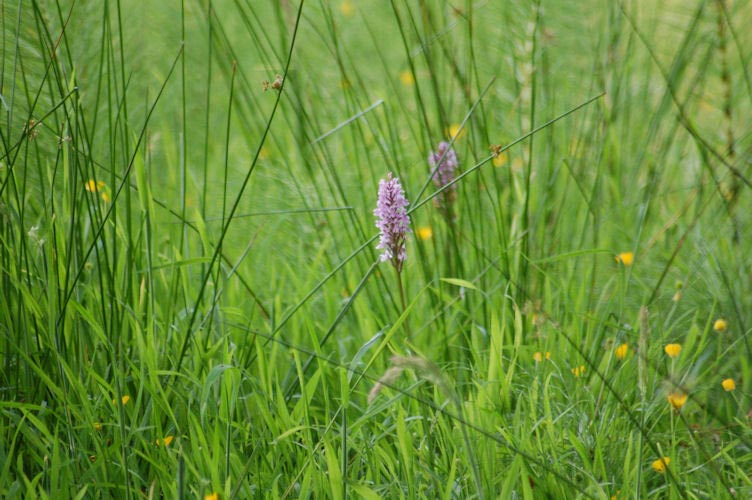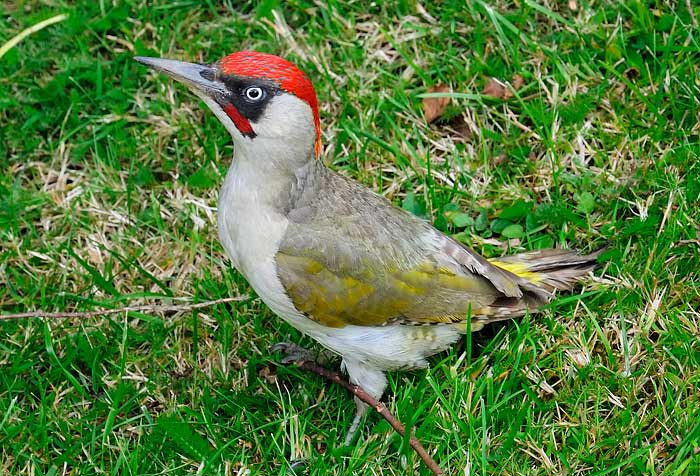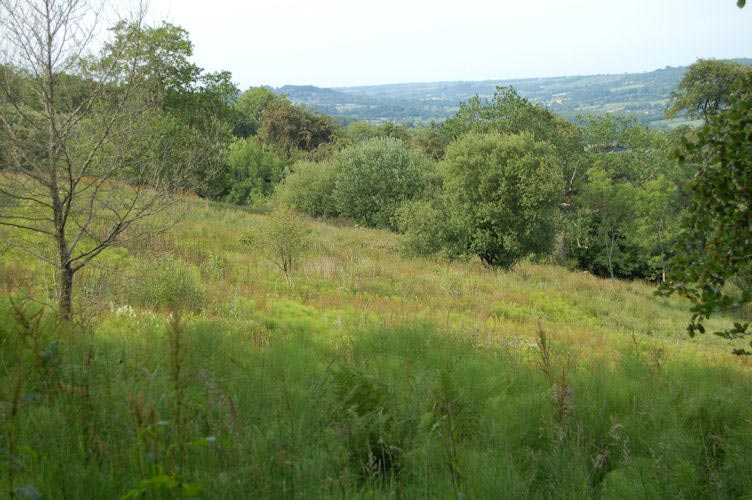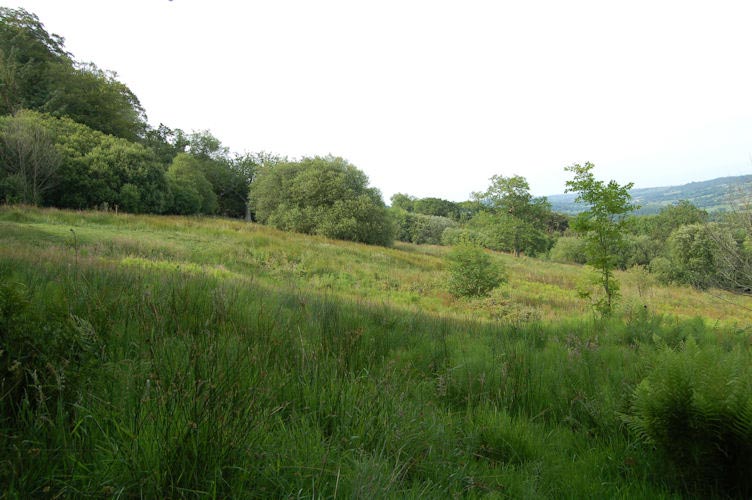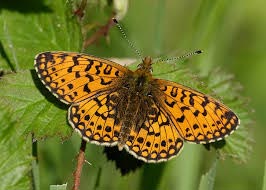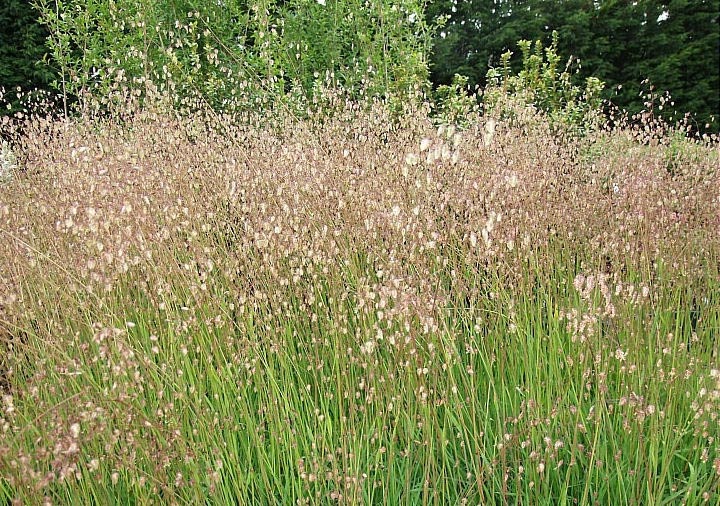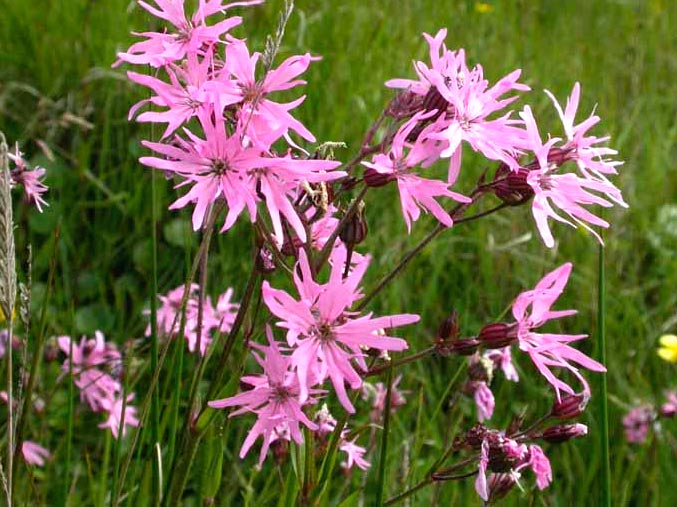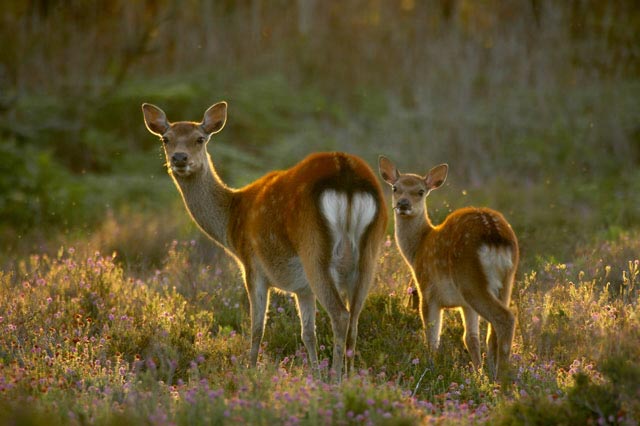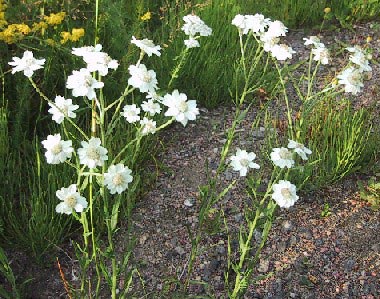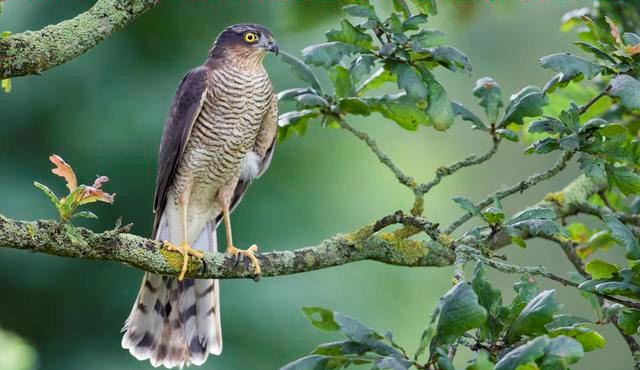The Rough, a small nature reserve situated on the side of Dumpdon Hill, has been held on lease to the Devon Wildlife Trust since 1988. Much of the surrounding land belongs to the National Trust.
The reserve consists of four hectares of damp unimproved grassland with a small area of woodland. The Rough lies within the Blackdown Hills Area of Outstanding Natural Beauty (AONB). It is typical of the once frequent spring-line grassland communities found within the Blackdown Hills, and contributes greatly to the landscape appeal of the area.
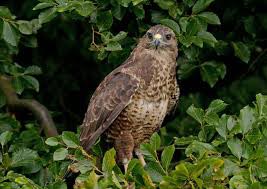

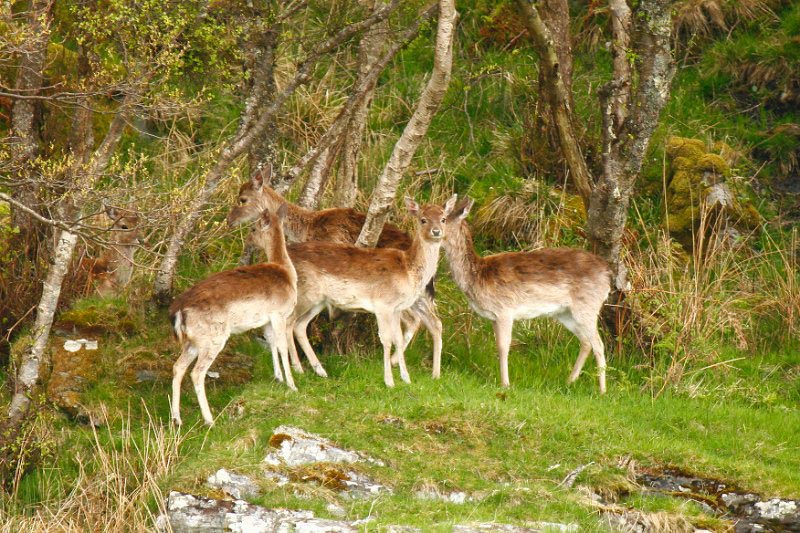
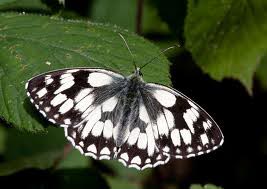
The Rough
The grassland supports a diverse flora with a wide variety of grasses (including quaking grass) and sedges. Herbaceous species include yellow pimpernel, sneezewort, common and heath spotted orchids and ragged robin. The small area of woodland to the west of the reserve is dominated by alder. The hedgebank boundaries of the reserve support various fern species and trees including field maple and dogwood.
The diverse flora supports 17 recorded species of butterfly, including small pearl-bordered fritillary and marbled white. Buzzard, sparrowhawk, green and greater spotted woodpecker are regularly seen. Badgers inhabit the area and fallow and roe deer can also be seen.
Looking after the reserve
The site is grazed so as to control scrub encroachment and provide a mosaic of vegetation structures. The site has in the past suffered from lack of grazing due to the lack of a fence to retain grazing stock. This period allowed some areas of the reserve to become overrun with bramble. These areas are being managed both mechanically and through the grazing regime, so as to reduce the bramble cover.
The wider landscape
The Rough lies within the Blackdown Hills Area of Outstanding Natural Beauty (AONB). The site has considerable landscape significance, in conjunction with the National Trust land at Dumpdon Hill, of which the Rough lies on its lower flanks.
History
The reserve lies on the lower flanks of Dumpdon Hill, an impressive Iron Age Hill Fort. The habitats present on the site are typical of the Blackdown Hills unimproved spring-line vegetation, which are now sadly relatively scarce and declining in the area.



